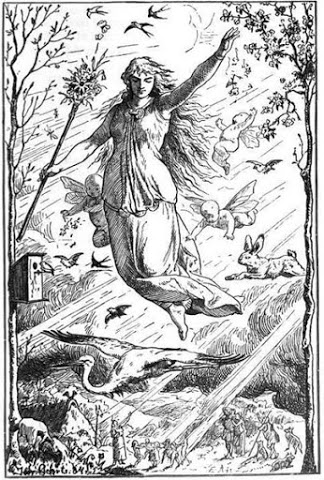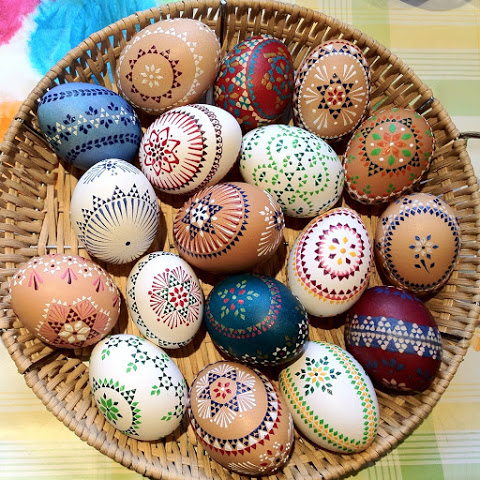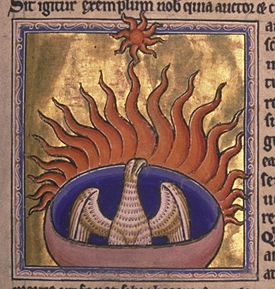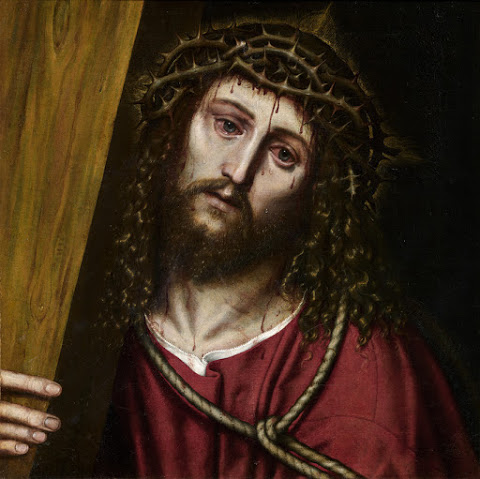Lenten Campaign 2025
This content is free of charge, as are all our articles.
Support us with a donation that is tax-deductible and enable us to continue to reach millions of readers.
Over the centuries, a number of ancient customs and beliefs have shaped society’s understanding and celebration of Easter. The word itself comes from the name of a pagan goddess of spring, and for the Saxon people, April was “ostermonud”—that is, the month in which the harsh, cold wind ceased coming from the east—marking the end of winter.

"Ostara" by Johannes Gehrts (Wikipedia)
A popular Christian legend held that the sun danced in the sky on Easter Sunday; because the date of Easter is determined by the first full moon occurring after March 21, it can fall as early as March 22 or as late as April 25. The custom of Easter eggs dates back to the ancient Persians, who used them to represent the ongoing struggle between good and evil; Christians later adopted the egg as a symbol of life coming forth from death and of the empty tomb.

Easter Eggs (gedankenabfall-CC)
Another such symbol involves the resurrection of the mythical bird known as the phoenix. Ancient peoples believed that when this bird reached the very old age of 500, it self-ignited and died in the fire, and then a new phoenix arose from the ashes; not surprisingly, early Christian art often used the phoenix as a symbol of Christ rising from the grave (Quotes & Anecdotes, p. 399).

Phoenix from the Aberdeen Bestiary (Wikipedia)
Today, of course, for many people Easter is nothing more than an occasion for Easter-egg hunts, candy-filled Easter baskets, new clothes, and family get-togethers. None of these things are wrong in themselves, but as Christians, we are called to have a much deeper and personally-compelling experience of this feast. Jesus is risen from the dead and reigns as the Lord of eternal life—and He promises to share this gift with all who have a living faith in Him.
When the women approached the tomb of Our Lord, they found that His Body wasn’t there; instead, angels informed them that He had risen, as He had promised, and they were told to share this news with others. Easter is an event too big to be kept to ourselves; the Church is compelled to share the amazing news of Christ’s Resurrection. The Old Testament readings heard during the Easter Vigil provide a summary of God’s plan of salvation. God created the world and everything in it, and after humanity sinned, He set the process of redemption into motion—a plan involving Abraham, Moses, the prophets, and many other holy men and women, and culminating in the death and resurrection of His own Son, Jesus. St. Paul instructs us that through baptism, we share in Christ’s death on the cross—and this allows us also to share in His Easter triumph. Accepting this gift, however, requires us to reject the false values of this world and instead live by the standards of God’s Kingdom; as St. Paul says, we “must think of [ourselves] as being dead to sin and living for God in Christ Jesus.” Only if we allow the seed of new spiritual life to take root and grow in our hearts can we hope one day to share in the fullness of eternal life.
There’s a legend about a monk who found a crown of thorns—perhaps the very one, he thought, which had been thrust upon the head of Jesus Himself. On Good Friday the monk placed the crown of thorns on a side altar of the cathedral; it looked cruel, ghastly, and painful, and all the people who glanced at it quickly turned away, for it reminded them of the ugliness and cruelty of their sins. At sunrise on Easter Sunday, the monk decided he should remove the crown of thorns, as this bloody reminder of Good Friday would be out of place—but when he entered the cathedral, he noticed a strange fragrance, and at first had trouble seeing because of a bright light coming from the side altar. It turned out the thorns of the crown had been transformed into roses of the rarest beauty and most pleasing aroma (Tonne,
Stories for Sermons, Vol. 2, #347).

Crown of Thorns (CC-Waiting for the Word)
Jesus seeks to work a similar miraculous transformation in our own lives, changing despair into hope, boredom or spiritual listlessness into excitement, dread into joyful anticipation, outer turmoil into inner peace, nagging doubts into fervent faith, sinfulness into holiness, and spiritual death into everlasting life. Our sufferings can become the starting point of eternal joy; through Christ, we can rise phoenix-like from the ashes of our difficulties and failures into a new life of unending beauty and delight. All it takes is our willingness to say “yes” to Jesus, allowing Him to be the Lord not only of eternity, but also of our daily lives. He has conquered sin and death, and He invites us to share in His everlasting triumph.
Reverend Joseph M. Esperis a priest of the Archdiocese of Detroit and pastor of Immaculate Conception parish in Anchorville, Michigan. He is the author of numerous books, including Saintly Solutions, More Saintly Solutions, After the Darkness, Lessons from the Lives of the Saints, and Why Is God Punishing Me? In addition to Amazon, many of his most recent books are available through Queenship Publishing. This article was first published on Catholic Journal.
